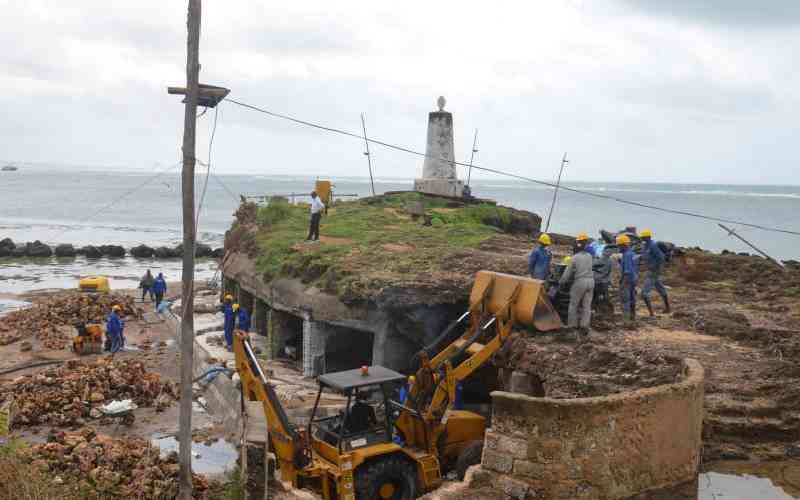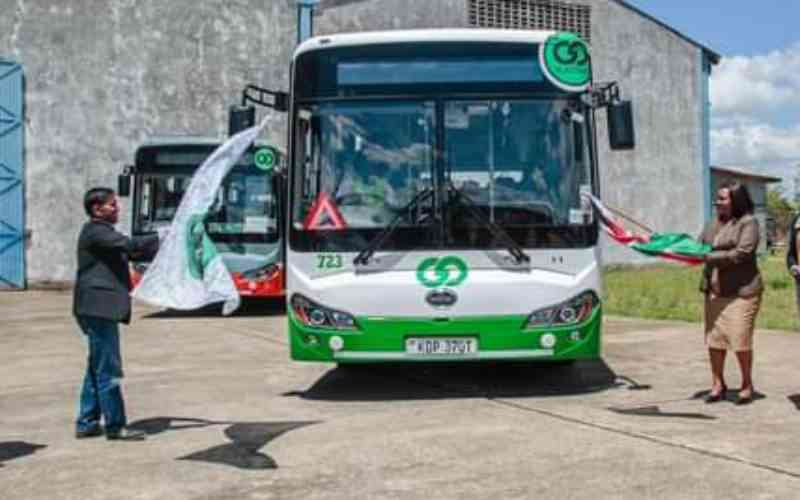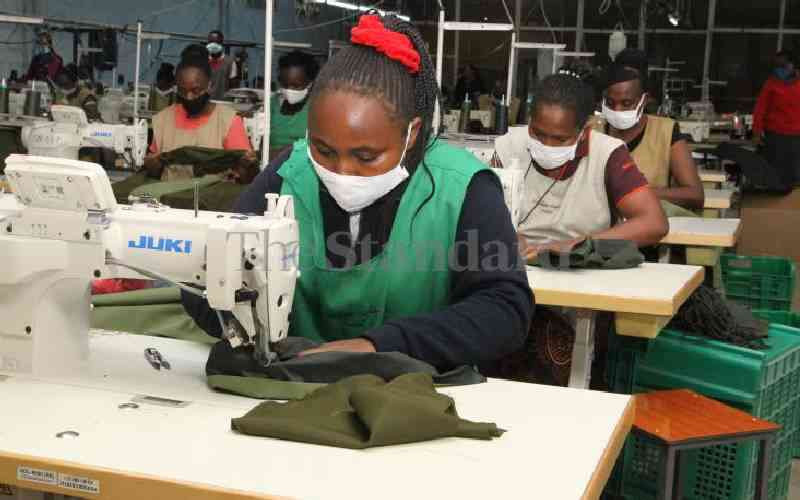Plans by central Kenya governors to sideline established marketers and sell coffee directly kicked up a storm in the market sometime last year. For a sector that has been on steady decline for two decades, the decision was sure to excite the market.
It is desirable that farmers earn more. Small-scale producers have endured slave prices for long. The average pay for small-scale farmers in Kenya has been Sh15,000 annually in the last 10 years. But a family of six in coffee-growing areas needs a minimum of Sh150,000 per year to survive.
Any effort to shield producers from perennial price shocks would be more than welcome. However, such efforts should be informed by a deep understanding of market operations. This is important because Kenyan coffee enjoys a unique position in the globe.
The law allows the counties to organise agricultural production and marketing. But there is a difference between law and reality, fact and fiction. The law is an ass. Reality is a dictator. By now, the good governors have hopefully learnt the basic facts about the market chain.
Politics aside: The main challenges facing the sector are: Price and exchange rate fluctuations, access to finance, poor extension services, inadequate research/development, poor organisation of farmers, weak marketing regulatory systems and infrastructure, increasing poverty in rural areas, rising costs of production, low productivity and climate change, as well as lack of farming interest by the youthful generation.
To see what is at stake here, let’s look at the market structure. The coffee market is not like selling onions at Karatina market. But there is one similarity. Both supply chains are controlled by vampire-brokers and traders. All markets have a fair share of these.
There are three coffee marketing systems: The traditional market, fair trade and direct coffee trade.
Kenya uses the traditional system. After the auction in Nairobi, the coffee ends up in the New York Coffee, Sugar and Cocoa Exchange (CSCE) where most Arabica coffee is sold. In the market, Kenyan coffee is Colombia Mild (C) type and fetches a premium price.
Most Robusta coffee, the kind grown in Uganda (called Brazilian Naturals) is traded at the London International Financial Futures and Options (LIFFE). It is inferior, market-wise.
This system is much criticised as detached, heartless with little interest in the welfare of the farmers.
The value chain is dominated by four companies; Nestlé, Kraft Foods, Sara Lee and a few big coffee roasters like Smuckers, Strauss, Starbucks and Tchibo. Together, these influence significantly the overall coffee demand and supply!
Large roasters do not deal with farmers directly but rely on traders for supply. In Kenya, large trading companies include Neumann Gruppe (Germany), Volcafé (Switzerland) and ECOM (Switzerland). These three companies trade 50 per cent of the world’s green coffee. Trouble is, traders have vast market knowledge and can’t be wished away one morning.
The sheer hegemony of these corporates has fuelled a search for an alternative, ‘fairer’ and direct trade system. The fair-trade system promises a framework that changes producers’ relationship with the market by linking them directly to consumers or consumer organisations.
But a plethora of certification programmes, little change in prices, and the inability of farmers to meet standards set by fair-trade organisations is causing great confusion. For our good governors, it is important to note that the direct coffee trade they have promised farmers is just emerging, too vague and structurally weak. It faces standards enforcement problems.
The governors should find out how Jamaica successfully branded its Blue Mountain Coffee without kicking a tantrum with ‘local cartels”. Jamaican coffee is doing well in Japan.
The governors should look for ways to motivate farmers to take care of their bushes, especially currently when demand outstrips supply. Reports say the market will soon experience a supply crisis last seen in the 1970s due to the current severe drought and bad weather in Brazil and Vietnam. Kenyan coffee has a comparative advantage and should have no problem if it is well marketed.
Lastly, it is time we promoted the local market. There is a lot of potential in the ‘instant coffee’ segment among the ballooning middle class. Just look at the coffee shops popping up in Nairobi.
 The Standard Group Plc is a multi-media organization with investments in media
platforms spanning newspaper print operations, television, radio broadcasting,
digital and online services. The Standard Group is recognized as a leading
multi-media house in Kenya with a key influence in matters of national and
international interest.
The Standard Group Plc is a multi-media organization with investments in media
platforms spanning newspaper print operations, television, radio broadcasting,
digital and online services. The Standard Group is recognized as a leading
multi-media house in Kenya with a key influence in matters of national and
international interest.
 The Standard Group Plc is a multi-media organization with investments in media
platforms spanning newspaper print operations, television, radio broadcasting,
digital and online services. The Standard Group is recognized as a leading
multi-media house in Kenya with a key influence in matters of national and
international interest.
The Standard Group Plc is a multi-media organization with investments in media
platforms spanning newspaper print operations, television, radio broadcasting,
digital and online services. The Standard Group is recognized as a leading
multi-media house in Kenya with a key influence in matters of national and
international interest.









